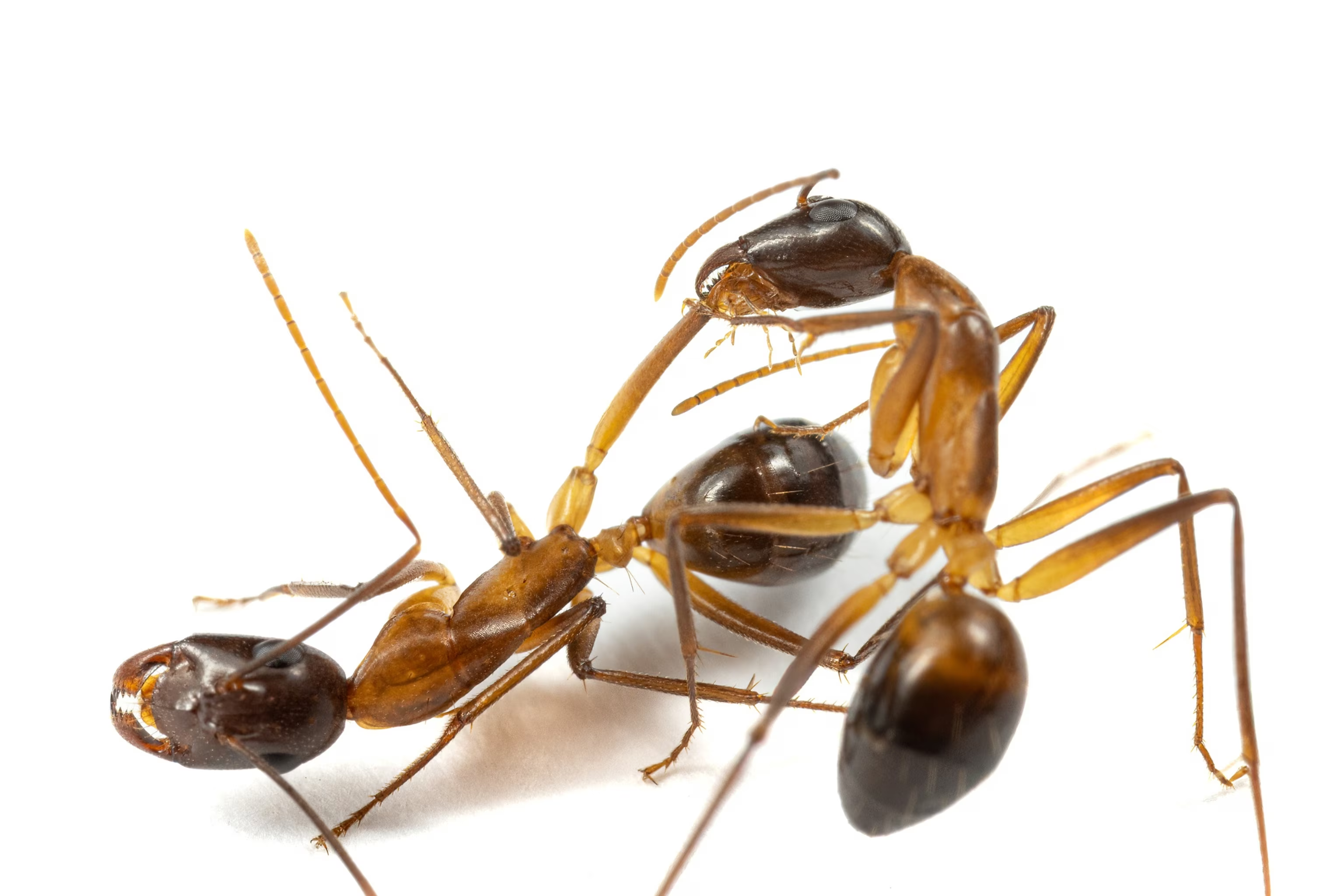We witness this every day – doctors around the world performing intricate emergency procedures, using their skills and expertise to save countless lives.
But what if I told you that ants, particularly Florida carpenter ants, also know how to perform life-saving procedures to save their injured nestmates?
Yes. You read that right!
Like skilled surgeons, these ants have been observed triaging wounds and performing life-saving amputations on their injured ants. Humans have been doing amputations for 30,000 years, but regular worker ants perform the surgery in this case.

In medical terms, triage is when medics in wound clinics decide who needs care first based on how urgent it is and what resources are available. They do this every day because there’s never enough time or resources.
Did you know that Florida carpenter ants are the first animals to show these innovative and life-saving behaviors?
Amazing, right?
Now, you might wonder, “Why do they do it?”
The researchers found that amputation helps ants survive, and ants can’t bite off their own legs when alone, making them more likely to die. Ants can’t grow back and lose legs like some animals, so surviving is important.
So how do they do it?
A team of researchers studied Florida carpenter ants (Camponotus floridanus) by injuring their right hind limbs and observing how their fellow ants responded. They found that when ants had injuries on their femur or thigh, their nest mates would amputate the limb at the joint with the hip bone.

Image Credit: Bart Zijlstra, UNIL
However, if the injury was further down the leg, no amputations would occur. Instead, ants with lower leg injuries would also receive wound care from their fellow ants through licking. Their fellow ants would lick using their mouths, possibly to remove harmful germs.
According to researchers, ants with leg injuries that weren’t treated only lived about 40% of the time, but after amputation, the success rate was 90-95%.
Moreover, the survival rate of ants with lower-leg injuries that their nest mates groomed was around 75%. In comparison, the survival rate for ants with similar injuries isolated from their nestmates was only 15%.
The team tried to understand why cutting off a leg worked for upper-leg injuries until they closely examined its structure.
They noticed that the upper leg’s muscles usually help move a liquid through an ant’s body. When there’s an upper-leg injury, these muscles get damaged. This means that bacteria or other harmful things in an upper-leg injury would spread through the body more slowly than they would from a lower-leg injury.
“Not only can ants perform medical treatments by amputating legs, they can also diagnose wounds and adjust treatments based on the location to increase the survival chances of the injured. I find that truly remarkable,” says Erik Frank, who researches “social wound care” among ants at the University of Würzburg in Germany. He’s also the lead author of the study published in Current Biology.
“I’m amazed by how they freely cooperate during amputation,” Frank added. “They present the injured leg, and another ant bites it ferociously for many minutes at a time, and the injured ant doesn’t seem to complain.”

Now, do you think the ants feel pain?
Researchers state that we won’t know for sure if ants and other insects feel pain yet, but their medical decisions seem to be quite successful.
However, they want to explore other questions raised by the evidence, like what other methods ants use to treat injuries and fight infections, and answer whether they can truly feel pain.
It’s unclear how often ants remove each other’s legs, but early signs suggest that other closely related carpenter ant species may also do this to help treat wounds.
Before, Frank’s group researched how termite-hunting ants called Matabele ant (Megaponera analis) in the tropics significantly reduce the death rate among injured nestmates by treating their wounds with antibiotic secretions from a special gland.
This gland makes antimicrobial compounds and proteins, which the ants apply to their injuries. However, while most ants have this gland, Florida carpenter ants seem to have lost it during their evolution.
Frank believes this may be why the species has developed a different way to care for injured ants.







